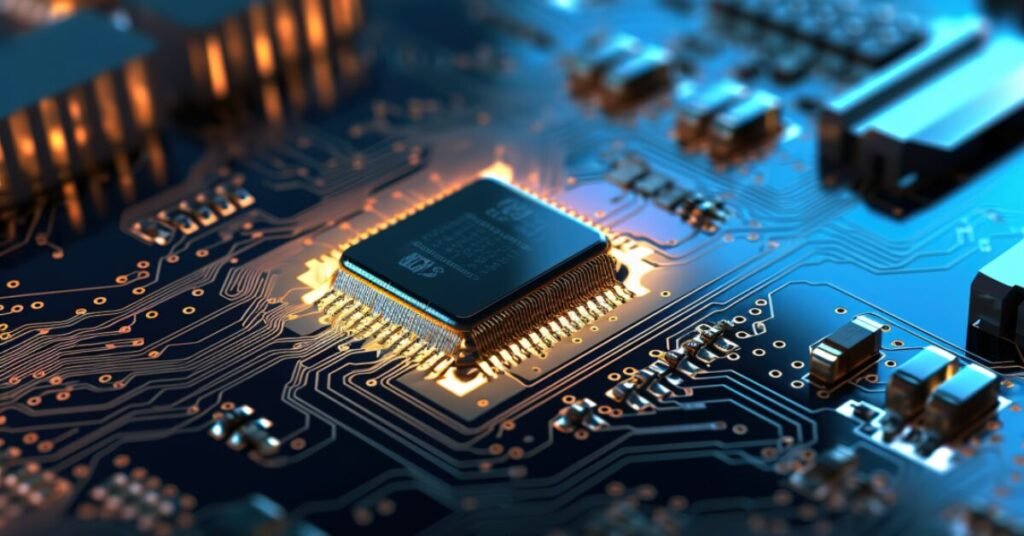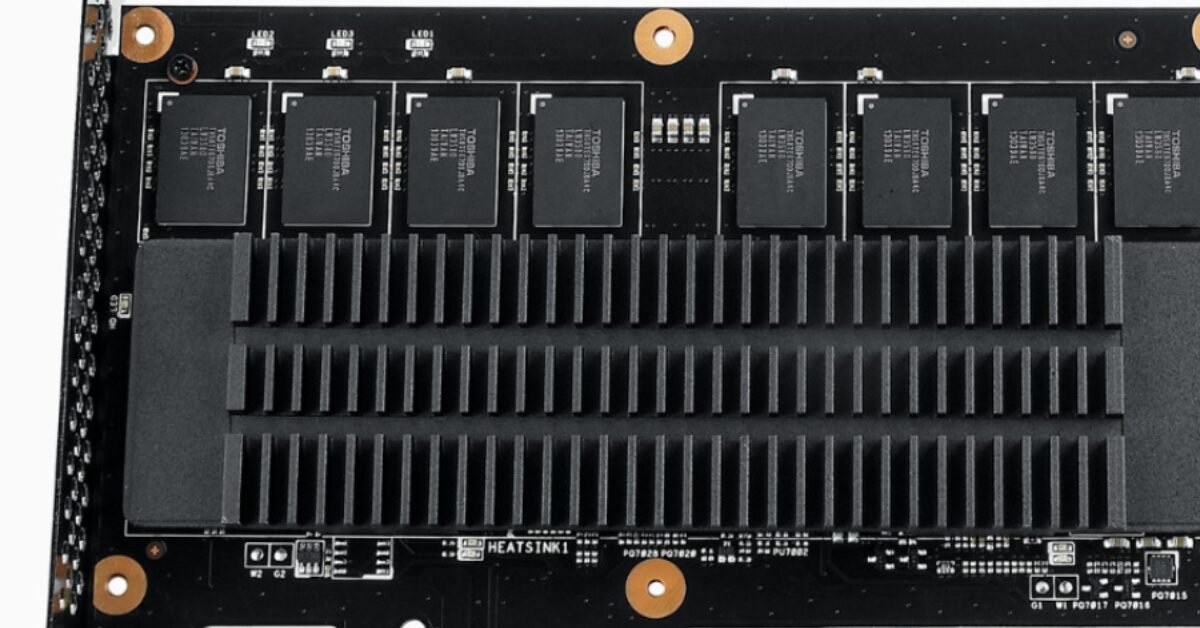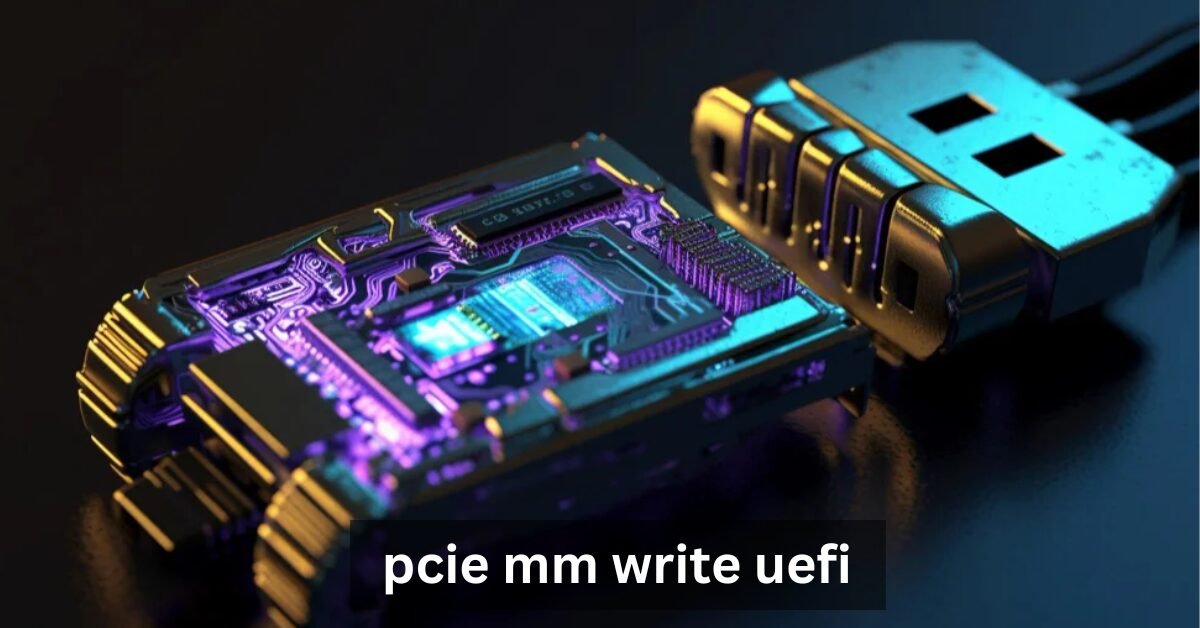PCIe MM Write UEFI optimizes device initialization, improves boot performance, and reduces system delays by directly writing to device registers during boot.One of the crucial aspects of this process is the PCIe MM Write UEFI operation, a low-level interaction that significantly affects the performance and functionality of devices like graphics cards, storage controllers, and network interface cards (NICs). Understanding how PCIe MM Write UEFI functions can help developers optimize system startup times and secure device configuration during the boot process.
In this article, we will delve deep into PCIe MM Write UEFI, its mechanics, benefits, challenges, and its role in modern computing. Whether you’re a firmware developer, system engineer, or simply a tech enthusiast, this guide will provide you with a solid understanding of how this process influences device communication and system performance.
What is PCIe MM Write UEFI?

The Basics of PCIe MM Write in UEFI
PCIe MM Write UEFI refers to the process of writing data to memory-mapped registers in PCIe (Peripheral Component Interconnect Express) devices through UEFI (Unified Extensible Firmware Interface). At its core, it involves memory-mapped I/O (MMIO), a mechanism where device registers are mapped into the system’s address space, allowing the CPU and firmware to communicate with hardware components like GPUs, SSDs, and NICs efficiently.
UEFI, which replaced the older BIOS (Basic Input/Output System), provides a more flexible and powerful platform for managing device initialization. By utilizing PCIe MM Write, UEFI can directly interact with hardware devices, configure settings, and ensure smooth device functionality right from the moment the system is powered on.
Why is PCIe MM Write Important for Device Initialization?
PCIe MM Write plays an essential role in device initialization. It allows the firmware to configure PCIe devices before the operating system takes control. Whether it’s setting device registers, enabling specific functions, or performing diagnostics, PCIe MM Write UEFI ensures that hardware devices are properly initialized and ready for use.
Without this crucial step, devices might not function correctly, leading to boot failures or performance degradation. Additionally, PCIe MM Write enables low-level hardware interaction, which is necessary for tasks like enabling secure boot and configuring high-performance components such as PCIe 4.0 and PCIe 5.0 devices.
Understanding PCIe and UEFI
Overview of PCIe (Peripheral Component Interconnect Express)
PCIe is a high-speed, high-performance interface standard used to connect various hardware components to the motherboard. It supports multiple devices, including GPUs, network cards, and SSDs, and ensures fast data transfer between the CPU and peripherals. PCIe has evolved over time, with PCIe 4.0 and PCIe 5.0 offering greater bandwidth and speed, which enhances overall system performance.
What is UEFI (Unified Extensible Firmware Interface)?
UEFI is the modern replacement for BIOS, designed to overcome the limitations of older firmware. It provides a flexible and extensible environment for interacting with the system’s hardware during boot, offering support for larger storage drives, faster boot times, and enhanced security features like Secure Boot. UEFI firmware is typically stored in flash memory on the motherboard, enabling quick access to system initialization routines.
Key Differences Between BIOS and UEFI
Unlike BIOS, which is limited in functionality and lacks support for modern hardware features, UEFI supports large drives (over 2TB), faster booting, and better device management. UEFI’s modular architecture allows for customization, and it can be extended with drivers and applications. Additionally, UEFI is more secure, supporting features like Secure Boot to protect against malicious code.
Role of UEFI in Modern Computing
UEFI serves as the foundational layer between the hardware and operating system, enabling the system to boot securely and efficiently. Its role in PCIe initialization ensures that devices are properly configured before the OS begins interacting with them, setting the stage for seamless performance.
Memory-Mapped I/O (MMIO) in PCIe Devices
What is Memory-Mapped I/O (MMIO)?
Memory-mapped I/O (MMIO) is a mechanism that maps the device’s control registers directly into the system’s address space. This allows the CPU or firmware to access hardware devices as if they were part of the system’s memory, enabling fast communication and efficient device configuration. In PCIe devices, MMIO is crucial for tasks like reading from or writing to PCIe registers to control the device’s functionality.
How MMIO Enhances Data Communication Efficiency
MMIO enhances data communication efficiency by simplifying the interaction between the CPU and hardware devices. It eliminates the need for additional I/O instructions and complex data transfer mechanisms, allowing for faster communication between the system and PCIe devices. This is particularly important in high-performance applications, such as gaming and data-intensive workloads, where performance is key.
Role of MMIO in PCIe Devices
In PCIe devices, MMIO is used to configure device settings, control power states, and interact with device-specific functionality. Whether it’s setting up a Graphics Processing Unit (GPU) for gaming or configuring a network card for optimized throughput, MMIO ensures that all settings are correctly written to the device before the OS boots up.
How PCIe MM Write Works in UEFI
The PCIe MM Write UEFI Process
The PCIe MM Write process in UEFI begins when the system is powered on. UEFI firmware scans for connected PCIe devices, locates them in memory, and then maps the appropriate memory regions for MMIO. The firmware then writes data to the PCIe registers, configuring the devices and preparing them for use. This process ensures that all necessary configurations are set before the operating system loads, providing a smooth and efficient boot process.
Locating PCIe Devices in UEFI
During the boot process, UEFI device enumeration plays a key role. UEFI firmware scans the system’s PCIe bus to identify all connected devices, including GPUs, NICs, and storage controllers. Once these devices are located, UEFI maps their memory regions for MMIO and prepares the devices for configuration.
Mapping Memory Regions for MMIO in UEFI
Mapping memory regions for MMIO is a critical step in ensuring proper device communication. UEFI firmware reserves specific memory addresses for each PCIe device’s registers, allowing the CPU to access these registers directly during boot. This enables fast device initialization, with PCIe device configuration occurring before the OS takes control.
Writing to PCIe Device Registers via UEFI
Once the memory regions are mapped, UEFI writes to the PCIe device registers, configuring settings such as device mode, speed, and power management. This step ensures that each device is properly initialized, with all required settings in place for optimal performance.
Examples of Device Initialization (GPUs, Network Cards, SSDs)
Different devices require different configurations. For instance, a GPU might need to set up its display output modes, while a network card must initialize its communication protocols. SSDs might require specific settings for optimal storage performance. UEFI’s ability to perform these tasks during boot is what makes it so powerful for device initialization.
Applications of PCIe MM Write in UEFI
Custom Firmware Development and Device Configuration
PCIe MM Write UEFI enables custom firmware development for specific devices. This is especially useful for specialized hardware that needs tailored configurations during initialization. Developers can use PCIe MM Write to program custom settings for PCIe devices, ensuring that the hardware functions exactly as required.
Pre-Boot Device Configuration (PXE Boot, Storage Setup)
One of the key applications of PCIe MM Write UEFI is pre-boot device configuration. By using PXE (Preboot Execution Environment) or configuring storage devices, UEFI allows for network booting and system setup without needing an operating system. This makes it especially useful in server environments or for systems requiring specific configurations during boot.
PCIe Device Diagnostics and Testing in UEFI
PCIe device diagnostics are crucial for ensuring system stability. UEFI provides a platform for testing devices like GPUs, NICs, and SSDs before the operating system takes over. This allows developers and IT professionals to diagnose and address hardware issues before they affect the user experience.
Benefits of PCIe MM Write UEFI
Speed, Flexibility, and Low-Level Control
The speed and flexibility offered by PCIe MM Write in UEFI allow systems to perform optimally during boot. Devices are configured quickly and accurately, reducing system initialization time. This is particularly beneficial in environments where fast boot times are critical, such as high-performance workstations or embedded systems.
Optimizing Boot Performance and System Efficiency
By configuring PCIe devices early in the boot process, PCIe MM Write UEFI helps optimize system performance. This reduces delays caused by misconfigured devices or missing drivers, ensuring that the system is ready to operate as soon as the OS loads.
Improving Device Initialization and Reducing Delays
Proper initialization of PCIe devices before the operating system loads prevents delays and performance bottlenecks. By writing the correct data to device registers and configuring hardware during boot, PCIe MM Write UEFI streamlines the initialization process and ensures smooth, efficient system operation.
Security Considerations in PCIe MM Write UEFI
Common Security Risks: Unauthorized Memory Access
One of the main security concerns with PCIe MM Write is the potential for unauthorized memory access. If malicious actors can exploit vulnerabilities in the UEFI firmware, they might gain access to sensitive areas of memory, compromising system security.
Best Practices for Secure PCIe MM Writes
To mitigate security risks, UEFI firmware developers should follow best practices such as validating memory access, using encryption for sensitive data, and ensuring secure firmware updates. UEFI Secure Boot is an effective way to protect against unauthorized firmware modifications during the boot process.
Role of Secure Boot in Preventing Exploits
UEFI Secure Boot prevents unauthorized code from being executed during boot. This is critical in preventing exploits that target vulnerabilities in the UEFI firmware, ensuring that only trusted software can interact with PCIe devices and other critical hardware components.
Troubleshooting PCIe MM Write Issues in UEFI
Common Errors and Challenges
Errors in the PCIe MM Write process can lead to device initialization failures. Common issues include incorrect memory mappings, failed register writes, and unsupported device configurations. These problems can prevent devices from functioning correctly or even cause system crashes.
How to Troubleshoot PCIe MM Write Failures
Troubleshooting PCIe MM Write failures involves checking memory mappings, verifying device settings, and using diagnostic tools to identify hardware issues. Developers can also utilize debug firmware to pinpoint specific areas where the write process fails.
Diagnostic Tools and Methods for Resolving Issues
PCIe device testing tools, such as system log analyzers and memory debugging tools, can help identify and resolve issues related to PCIe MM Write failures. These tools assist in diagnosing device communication issues and ensuring that the PCIe MMIO operations are performed correctly.
Real-World Use Cases and Industry Applications
PCIe MM Write UEFI in Servers and Workstations
In server environments, PCIe MM Write is essential for configuring multiple PCIe devices, including storage controllers, GPUs, and NICs. This ensures that all devices are properly initialized, enabling optimal performance for data centers and high-performance computing applications.
Embedded Systems and Specialized Hardware
Embedded systems often require custom configurations for specific hardware components. PCIe MM Write UEFI is crucial for system-on-chip (SoC) devices and other embedded hardware, enabling seamless device initialization and performance tuning.
Case Study: Optimizing Boot Time in High-Performance Workstations
A high-performance workstation with multiple PCIe 4.0 devices can benefit significantly from PCIe MM Write UEFI. By properly configuring devices before the operating system loads, boot times are minimized, and system performance is optimized for demanding applications.
Future of PCIe MM Write UEFI

Evolving Technologies in PCIe and UEFI Firmware
As PCIe technology continues to evolve, with advancements like PCIe 5.0 and PCIe 6.0, UEFI firmware must adapt to support these new standards. The future of PCIe MM Write in UEFI will likely include faster data transfer speeds, better power management, and enhanced security features to accommodate these new technologies.
The Impact of PCIe 5.0, 6.0, and Future Standards
PCIe 5.0 and PCIe 6.0 will offer even faster data transfer speeds, reducing latency and improving system performance. These advancements will place greater emphasis on efficient PCIe MM Write operations, ensuring that devices can communicate at their maximum potential.
Conclusion
PCIe MM Write UEFI is an essential process for configuring devices and ensuring their functionality during boot. By enabling efficient device initialization, UEFI helps systems perform at their best from the moment they are powered on.
Efficient device configuration through PCIe MM Write enhances system performance and minimizes delays. Secure and reliable initialization also ensures that devices are protected from unauthorized access and potential exploits.
With the continuous evolution of PCIe technology and UEFI firmware, PCIe MM Write will play an even more vital role in the future of computing. As new standards emerge, this process will help unlock the full potential of high-performance systems.
Frequently Asked Questions
How does PCIe MM Write UEFI improve boot time and device initialization?
By configuring PCIe devices before the operating system loads, PCIe MM Write ensures fast and efficient initialization, reducing boot time and enhancing system responsiveness.
What security risks should be considered with PCIe MM Write?
Unauthorized memory access is a primary security risk. Developers must implement best practices to secure the firmware and prevent malicious code from interfering with PCIe MM Write operations.
How can I troubleshoot PCIe MM Write failures in UEFI?
Troubleshooting involves checking memory mappings, verifying device settings, and using diagnostic tools to pinpoint the issue, such as PCIe device testing utilities and system log analyzers.
Stay in touch to get more updates & alerts on Creative Released! Thank you



